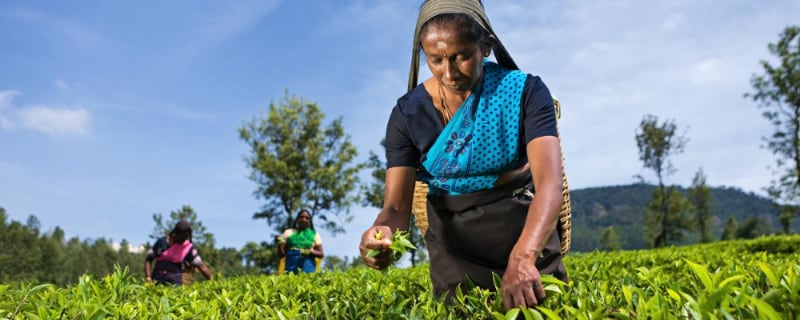
Modern slavery is the recruitment, transport, receipt and harbouring of people to exploit their labour, and it affects almost all parts of the world. Globally, it’s estimated that there are over 40 million men, women and children in situations of modern-day slavery today.1 These victims, found in factories, construction sites, fisheries and sex venues, are forced to work for little or no pay, deprived of their freedom and often subjected to unimaginable suffering.
The majority of agricultural goods we buy have been through a growing, harvesting, production, packaging and distribution process known as the supply chain. Supply chains begin with a grower or producer and end as the finished product purchased by consumers. Modern slavery can be found at any stage within these supply chains.
How to fight modern slavery
- Internal and external policies related to modern slavery should be put in place or fine-tuned. These include codes of conduct, annual compliance certifications, standard contract language, due diligence questionnaires and supplier statements of conformity.
- Purchasing practices should be revised and tailored towards a more responsible approach. This includes studying and coming to understand the impact of costing, harvest forecasting and suppliers’ workload management.
- Supply chain mapping efforts should aim at a complete product traceability, from the food item on the farm to finished goods. This helps to conduct effective risk assessments to identify potential modern slavery vulnerabilities at all levels. This exercise should engage a range of company employees, including legal, corporate social responsibility, supply chain management, risk and human resources. Once completed, training should be offered to employees and business partners at all levels to improve their understanding of the problem.
- Investigative audits should be carried out among new and existing suppliers to illuminate the real conditions faced by workers throughout the supply chain. These investigations should verify that:
- All workers have written employment contracts in a language they understand
- Contracts have not been substituted at either source or destination
- Contracts are compliant with local labour laws
- Legal and industry limits on working hours are observed
- All deductions are included in the contract within legal or industry regulations
- Withholding of wages is not tolerated
- There are no restrictions on freedom of movement
- Recruitment and brokerage fees paid by workers are within legal limits established by the governments of the workers’ origin
- Workers retain copies of their identification documents, or have unencumbered access to their documents, should they leave them with their employers to hold them for safe keeping
- There is no overcharging or any other method that leads to worker dependence and denial of choice
- Companies should ensure that grievance mechanisms such as phone apps or third-party hotlines, are available to workers. This allows workers to provide valuable feedback about their working conditions in a safe way.
- Capacity development programmes should be put in place to equip suppliers with the right expertise and tools to start implementing changes within their business operations, with the aim of cascading this knowledge and responsibilities down the supply chain.
- Food companies should join multi-stakeholder initiatives that unite farmers, workers, civil society and governments to focus on both strategic and practical methods of collectively reducing modern slavery.
- If modern slavery is found anywhere in an agriculture supply chain, companies should have a plan in place to address the problem in an effective manner and remediate it. This should include a response that protects workers from any further harm, gives them support, rehabilitation options and offers them access to both judicial and non-judicial remedies.
Our article Fighting Modern Slavery – What the Agricultural Sector can do to Help goes into further detail on this critical food industry issue including additional steps organizations can take to help decrease its prevalence.
<Download article>
1 https://www.ilo.org/global/topics/forced-labour/lang--en/index.htm